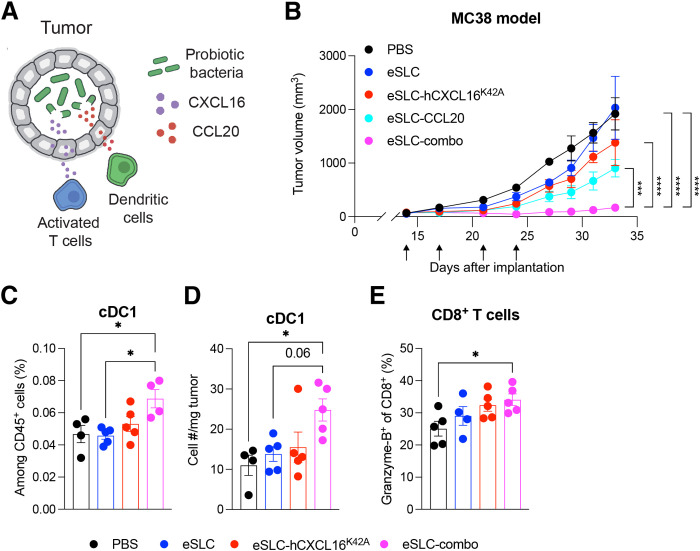Fig. 5. Combination of CXCL16 and CCL20 synergizes to promote antitumor immunity.
(A) Schematic overview of the approach to recruit DCs to tumors via CCL20 production in probiotic bacteria to complement activated T cell recruitment via CXCL16 (as in Fig. 1A). (B) Tumor growth curves from C57BL/6 mice (n = 5 per group) subcutaneously implanted with 5 × 105 MC38 colorectal tumor cells on both hind flanks. When tumor volumes were 50 to 150 mm3, mice received intratumoral injections (indicated by black arrows) every 3 to 4 days with PBS, eSLC, eSLC-hCXCL16K42A, eSLC-CCL20, or eSLC-combo (1:1 mixture of eSLC-hCXCL16K42A and eSLC-CCL20). Data are representative of four independent experiments (***P < 0.001 and ****P < 0.0001, two-way ANOVA with Holm-Sidak post hoc test at the final measurement time point). (C to E) Flow cytometric analysis of tumor-infiltrating immune cells isolated from subcutaneously growing MC38 tumors (n ≥ 4 mice per group) following intratumoral injections [performed as in (B)] with PBS, eSLC, eSLC-hCXCL16K42A, or eSLC-combo [as in (A)]. (C) Frequencies and (D) numbers of cDC1s on day 5 after treatment. (E) Frequencies of intratumoral Granzyme-B+ CD8+ T cells. Data are representative of three independent experiments (*P < 0.05, one-way ANOVA with Holm-Sidak post hoc test). All data are displayed as means ± SEM.

